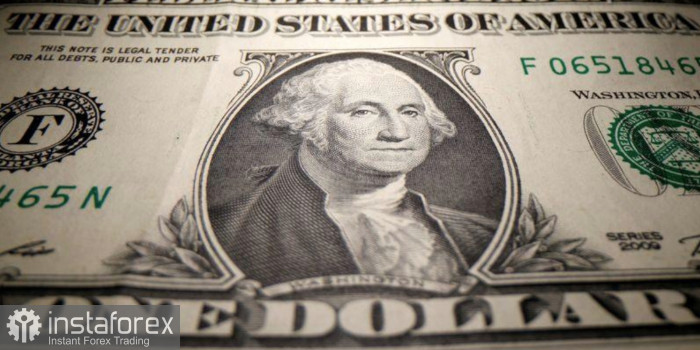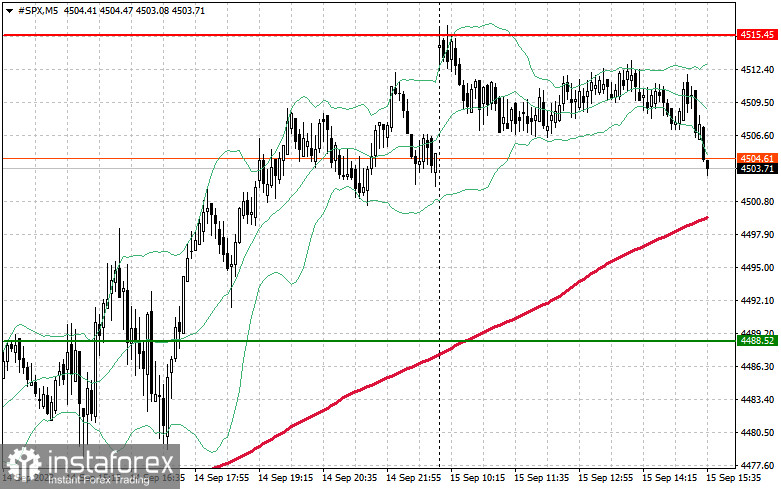US stock index futures opened higher but then retreated. The S&P 500 futures were up by 0.1%, while the tech-heavy NASDAQ rose by 0.2%. In Europe and Asia, stocks surged on better-than-expected economic data from China. This data fueled hopes that government stimulus measures may pay off soon. Meanwhile, US Treasury yields increased as many investors anticipate the Federal Reserve might hike interest rates.

Shares of General Motors Co. and Ford Motor Co. dropped by nearly 2% in the premarket after auto industry workers started an unprecedented strike, setting the stage for a prolonged standoff with employers. On the flip side, Arm's shares added about 6%, following a 25% surge during its listing.
With a slew of economic data released this week, traders' focus will shift to next week's Federal Reserve meeting. Many are betting that the central bank will keep interest rates unchanged, aiming to stave off a sharp economic downturn. As these expectations strengthen, the stock market is likely to find support from buyers. Yesterday, many expected the European Central Bank (ECB) to maintain rates, but they were instead raised.
The US is handling inflation better than the eurozone, and its economy remains robust, unlike some EU countries. This stability might allow the Fed to put an end to its current cycle by increasing rates by a quarter-point.
Market sentiment is growing that after yesterday's decision, the ECB will not be hiking rates in this cycle anymore, heavily weighing on the euro. At present, the euro is on track for its ninth consecutive week of losses, the longest since its inception over two decades ago. During her speech today, ECB President Christine Lagarde affirmed the bank was not discussing rate cuts. She stated that the borrowing cost level and the duration of maintaining peak rates would be crucial.

Asian stocks advanced as China's industrial production and retail sales data exceeded forecasts. The data suggests that in August, the economy started to rebound. The summer tourism spike and broader stimulus measures led to increases in consumer spending and industrial output.
Brent crude peaked at around $94 per barrel.
As for the S&P 500, the demand for the index remains. Bulls need to take control of $4,515. From this level, they may push the price above $4,539. Bulls also should control $4,557, strengthening the bullish market. In case of a bearish move on the back of diminishing risk appetite, bulls will have to protect $4,488. Breaking through this level, the trading instrument may return to $4,469, opening the way to $4,447.
 English
English 
 Русский
Русский Bahasa Indonesia
Bahasa Indonesia Bahasa Malay
Bahasa Malay ไทย
ไทย Español
Español Deutsch
Deutsch Български
Български Français
Français Tiếng Việt
Tiếng Việt 中文
中文 বাংলা
বাংলা हिन्दी
हिन्दी Čeština
Čeština Українська
Українська Română
Română

